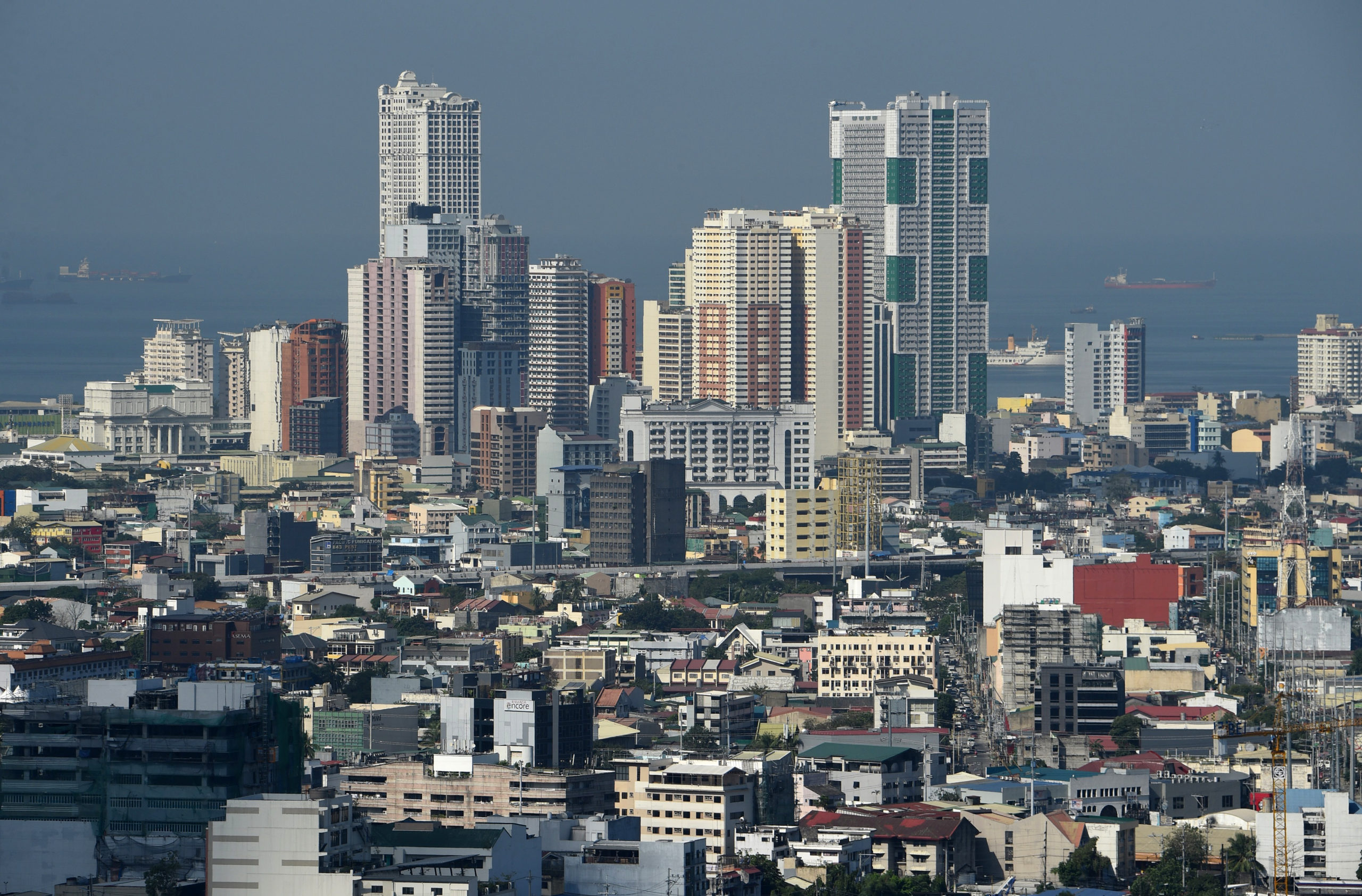
This photo taken on January 29, 2019 shows a general view of the skyline of Manila. (Photo by Ted ALJIBE / AFP)
S&P Global Ratings said on Thursday that improved infrastructure will support robust growth in the Philippines. However, the country’s public fixed investment assets remain relatively low compared to its regional peers.
While the country’s share of overall worth of public infrastructure and properties to the economic output are low, S&P said that it is increasing, even as the economy has experienced rapid growth over the past 10 years.
“This means public capital grew faster than the economy, and reflects policymakers’ emphasis on infrastructure investment,” Vishrut Rana, senior economist at S&P Global Ratings said.
READ: S&P trims PH 2024 growth forecast to 5.8%
In 2023, the share of gross capital formation to gross domestic product (GDP) reached 23.2 percent, or nearly a quarter, marking the highest level since the pandemic began. Meanwhile, economic output grew by 5.5 percent, the lowest growth rate since 2011, excluding the contraction experienced during the peak of the coronavirus pandemic.
The debt watcher also highlighted improvements in the country’s logistics, as reflected by the Logistics Performance Index. The country’s score increased by 0.4 points to 3.3 out of 5, placing it 43rd out of 139 economies. This index measures the efficiency of trade, using indicators derived from large datasets tracking shipments.
“There is room for further infrastructure deepening, which remains a policy priority. As such, public capital relative to the economy is likely to grow further,” Rana said.
The Philippines has been successful in attracting private partners for investment in public-private partnership projects (PPPs), Rana added.
READ: Marcos sees sustained PPP to boost PH tourism
This aligns with the Marcos administrations’ commitment to further increase its non-tax revenue for the year, of which a significant portion of this revenue comes from remittances from state-owned corporations and other non-tax revenues including privatization, income from the treasury and others
“In the Philippines and Indonesia public-private partnership capital assets are higher than global averages,” the report said.
According to the International Monetary Fund’s Capital Stock Database, the country’s PPP capital assets account for 6.7 percent of GDP, which is higher than the global average of 3.4 percent. As a result, Rana anticipates that private investments will increase, supported by improved infrastructure.
Moreover, S&P forecasts growth in emerging Asia Pacific except China, to expand by $11.4 trillion by 2033 from $6.6 trillion in 2023 translating to a 5.5 percent annual growth driven by improved infrastructure.

